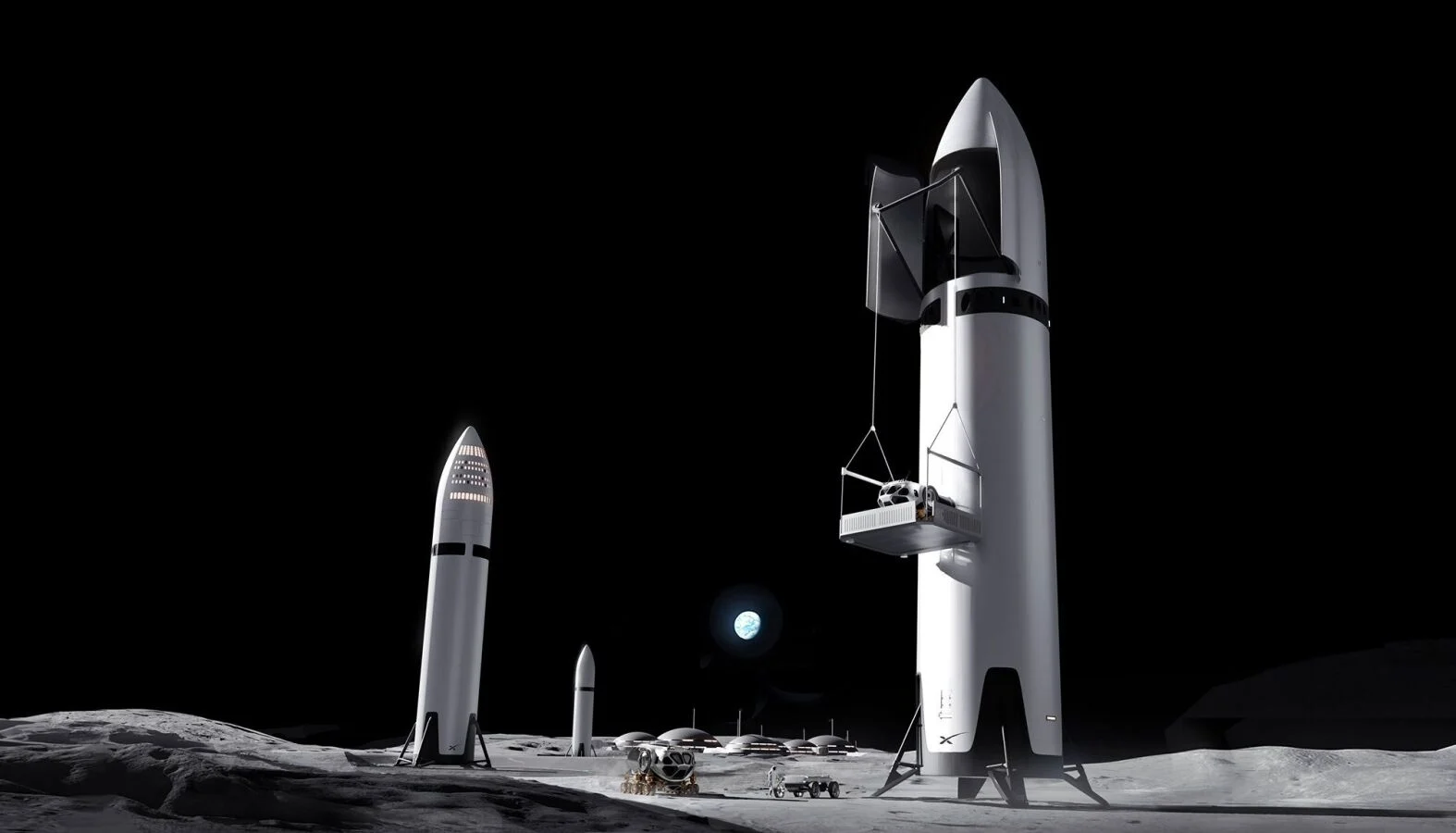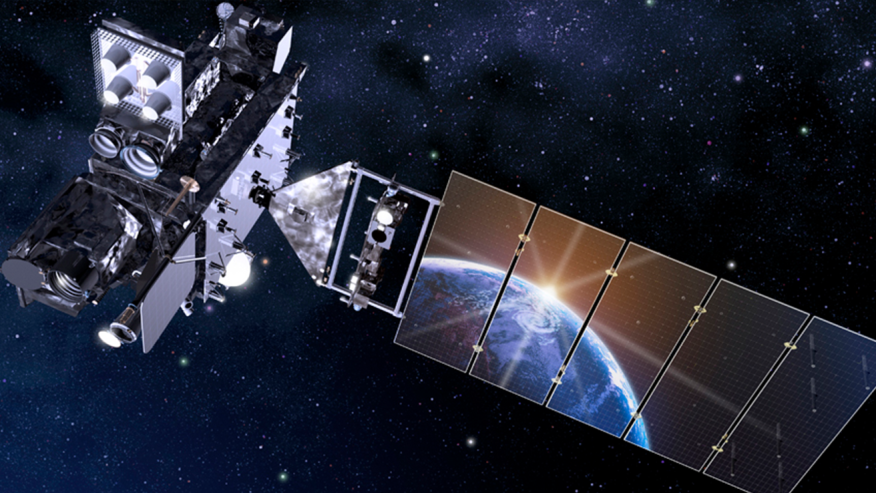Hawthorne, Calif. — SpaceX is pivoting its lunar‑lander strategy under its contract with NASA, opting for a simplified version of its giant Starship system in a bid to accelerate the timeline, reduce complexity and restore confidence in the U.S. push to return humans to the Moon.
What’s Changing
SpaceX’s revised approach focuses on streamlining mission architecture for the lunar landing vehicle. Key elements of the new plan include:
- Reducing non‑essential custom modifications to the Starship lander design, using a more standard vehicle variant instead of a heavily tailored spacecraft.
- Prioritising critical capabilities — such as in‑orbit refueling and descent/ascent stages — while postponing less urgent extras.
- Emphasising faster certification of systems and removing feature “nice‑to‑haves” that were slowing progress.
- Acknowledging that crewed lunar missions may need to rely on a leaner configuration to stay on schedule.
SpaceX has pitched this “simplified” lander plan to NASA, stating that it can meet the mission goals with fewer moving parts, improved reliability, and a faster delivery date.
Why the Shift
Several factors have driven this move:
- NASA leadership and oversight panels have expressed growing concern over schedule slippage and the readiness of Starship’s lunar‑mission capabilities.
- SpaceX’s own test‑flight program for Starship has hit setbacks and delays, particularly in demonstrating full orbital operations, sustained re‑use and refuelling in space.
- The U.S. government and its partners view lunar return as a strategic priority amid global competition, meaning delays carry political as well as technical risk.
- A leaner design may reduce cost, risk and complexity — crucial for high‑stakes missions where programme credibility is under scrutiny.
What It Means for the Artemis Program
If successful, the simplified Starship lander could help maintain the broader schedule for NASA’s Artemis programme and support a human lunar landing mission in the latter half of the decade. However, some caveats remain:
- Key technologies such as on‑orbit refuelling — foundational for a Starship lunar architecture — still await full demonstration.
- Landing in the lunar environment presents unique challenges (terrain, dust, variable gravity) and the simplified vehicle must still meet strict safety criteria for crewed missions.
- A pared‑down design may influence mission duration, surface capabilities and the scope of exploration on the Moon’s surface (for example less equipment, shorter stays or fewer scientific objectives).
- Competitors and oversight bodies may view the simplification as an admission of slippage or risk, which could affect future contract awards or mission‑partner confidence.
Why It Matters
- From a technological standpoint, this reflects the tension between ambition and pragmatism: large reusable systems promise much, but complexity often slows progress.
- For space policy and geopolitics, the U.S. must avoid major delays in returning to the Moon, both for national prestige and to maintain momentum in commercial partnerships and international collaborators.
- For commercial space and the broader economy, SpaceX’s success or failure in delivering a lunar lander will shape perceptions of reusable large launch systems and influence investment in deep‑space infrastructure.
Final Thought
SpaceX’s turn to a simplified Starship‑based lunar lander underscores the maturity of its vision: bold, but tempered by realism. Achieving human landings on the Moon requires more than rockets—it demands a system that’s reliable, efficient and timely. By refining the lander architecture, SpaceX is signalling that the era of constant redesign is giving way to the era of execution. Whether this strategy bridges the gap between ambition and achievement remains one of the most watched developments in spaceflight today.















Leave a Reply